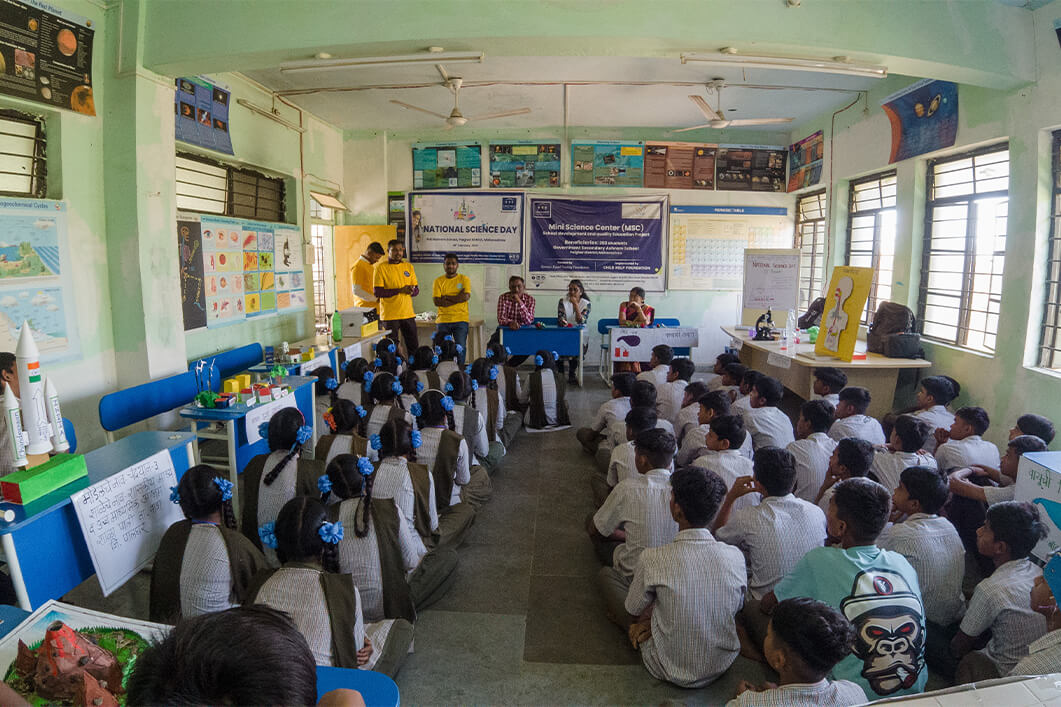Education is a crucial foundation of personal and societal development. However, in rural regions, several hurdles impede the learning process, resulting in a considerable disparity between rural and urban educational performance. These problems are diverse, including infrastructure, resources, socioeconomic considerations, and cultural attitudes towards education.
One of the most pressing concerns is a lack of proper infrastructure. Many rural schools are housed in decaying structures with insufficient classroom space, poor sanitation, and limited access to clean water.
These factors have an influence not only on students' health and well-being but also on their capacity to focus and participate in educational activities. Furthermore, the lack of dependable transportation forces many children to travel considerable distances to their schools, discouraging attendance and punctuality.
Another major issue is the lack of resources. Rural schools may require more basic instructional materials, such as textbooks, writing supplies, and lab equipment. The lack of access to technology, such as computers and the internet, worsens the issue, depriving students of the tools required for a contemporary education. This digital gap becomes even more obvious when we consider the rising relevance of digital literacy in today's environment.
Socioeconomic variables can significantly impede schooling in rural regions. Many families in these locations are impoverished, making it difficult for them to choose education above urgent financial necessities. Children are frequently obliged to labour to support their families, which limits their time and energy for education. Malnutrition and inadequate health care, which are widespread in many rural communities, also hurt students’ cognitive development and academic performance.
Cultural perspectives on schooling can sometimes be a hindrance. Some rural communities lack a clear grasp of the long-term advantages of education, resulting in lower enrollment and greater dropout rates. Gender prejudices aggravate the situation since girls are frequently denied educational chances owing to conventional gender roles and early marriage traditions.
Teacher availability and calibre have a huge influence on rural education. Rural schools usually confront an absence of competent teachers, and those who are available sometimes lack the essential training and resources. High turnover rates among rural instructors are frequent since many prefer to relocate to cities with better amenities and living circumstances. This volatility interferes with the continuity of instruction and has an impact on students' learning experiences.

Addressing these challenges demands a diverse strategy. Investments in infrastructure and resources are critical for creating a suitable learning environment. Initiatives to close the digital gap, such as offering low-cost internet access and digital gadgets, can greatly improve educational prospects. Ensuring adequate training and support for teachers, along with incentives to retain them in rural areas, is essential for sustaining educational quality.
In conclusion, while the schooling difficulties in rural places seem great, they are not insurmountable. With the combined efforts of governments, non-governmental organisations, and communities, it is feasible to establish an equal educational environment in which every kid, regardless of geographical location, has the chance to learn and develop.
Child Help Foundation along with Filaantro hence helps many children living in rural areas complete their education by providing them the best amenities, good infrastructure and teaching facilities and through SDG 4 Quality Education to date 4,89,465 beneficiaries have benefitted.
